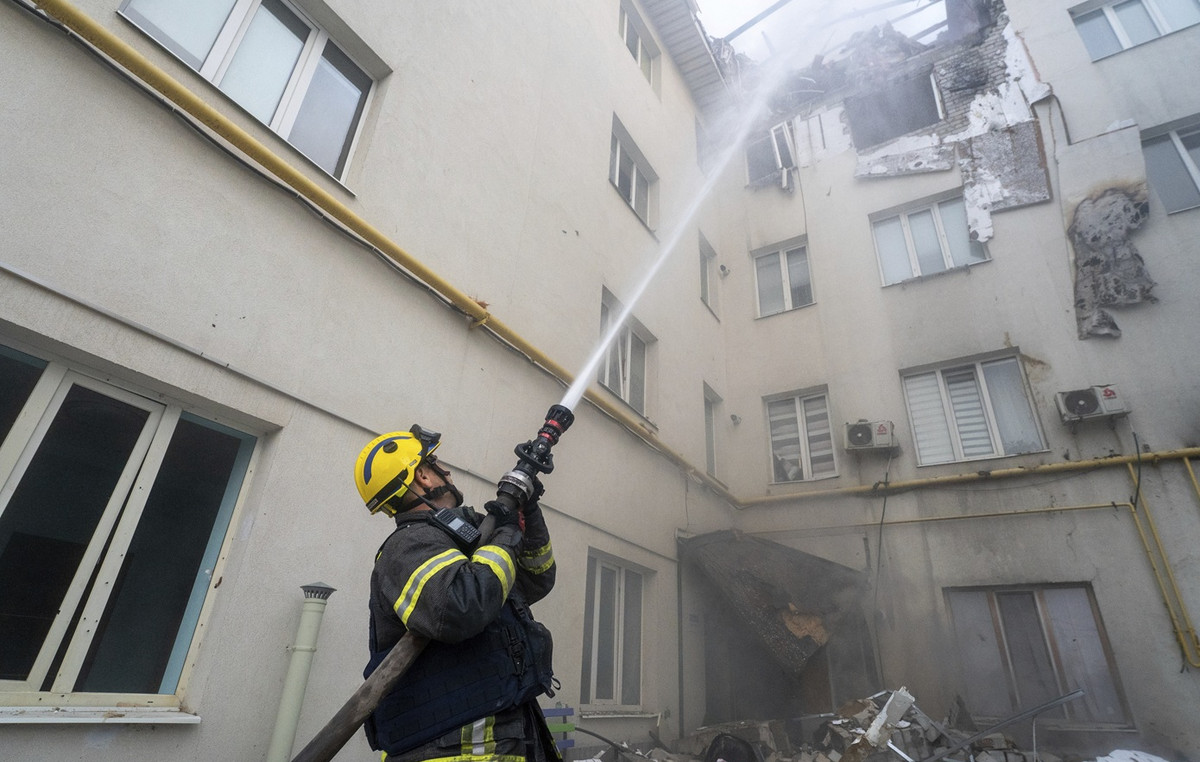A rare atmospheric phenomenon, known as “Induced atmospheric vibration” was quoted as the cause of the blackout that reached part of Europe on Monday (28).
The Reuters news agency published a report stating that, according to REN, Portugal’s electricity operator, “due to extreme temperature variations inside Spain, there were anomalous oscillations on the very high voltage lines (400 kV)”. Another information is that the complete restoration of the country’s power grid could take up to a week.
Later, Ren denied that the atmospheric phenomenon was the motivation.
In a statement sent to CNN Portugal “Ren categorically denies anonymous source information placed to circulate on behalf of the company, which is estimated that the normalization of energy supply to the country may take a week.”
“REN reaffirms that it is proceeding to the return of the national electrical system, whose progress will be of public knowledge, through the official channels. All information from other sources must be disregarded,” said the Portuguese operator.
But, after all, what is induced atmospheric vibration?
Induced atmospheric vibration occurs when low frequency fluctuations, between 0.1 and 10 Hz, affect the conductors and components of the power grid. This vibration originates from the interaction between electrical phenomena and weather conditions, according to MetSul Meteorology.
A small electric discharge, which can occur thanks to high moisture or irregularities on the cable surface, ionizes air around the electric lines. These charged particles begin to interact with the driver’s electric field, generating pressure waves in the air and causing the vibration of the cables and other parts of the network.
The phenomenon is considered rare as it is not directly linked to mechanical atmospheric forces such as wind or ice.
What is known about the blackout
Around 12:30 pm in Madrid and 11:30 am in Lisbon, there were cuts of energy in much of the Iberian Peninsula. Parts of the Basque country were briefly affected, but not for long.
Interruptions affected trains, subway lines and international airports in both countries. Spanish electric power supplier Red Electric, said that the restoration of energy supply to all customers can take six to ten hours, in statements to a local broadcaster on Monday (28).
Spanish authorities have asked people to minimize their movements and call emergency services only in extreme emergency cases. They also asked people to stay away from the roads so that rescuers can trigger the system.
Portuguese police warned that traffic lights and street lighting are at risk of failures, asking drivers to avoid unnecessary displacements and pay extra attention to the roads. Portuguese airline Tap Air also requested that travelers will not move to the airport.
This content was originally published in atmospheric vibration: understand phenomenon cited after blackout in Europe on CNN Brazil.
Source: CNN Brasil
Charles Grill is a tech-savvy writer with over 3 years of experience in the field. He writes on a variety of technology-related topics and has a strong focus on the latest advancements in the industry. He is connected with several online news websites and is currently contributing to a technology-focused platform.







